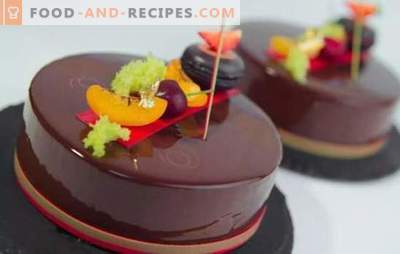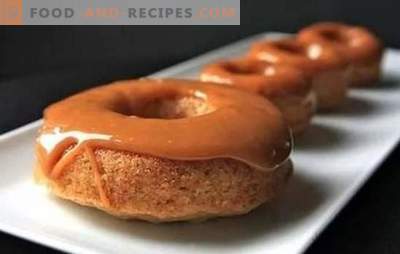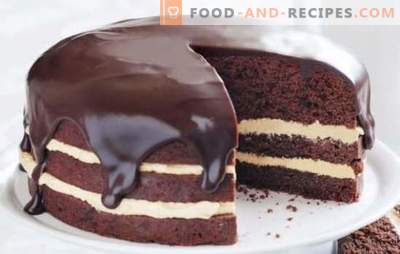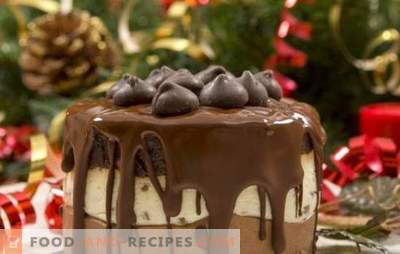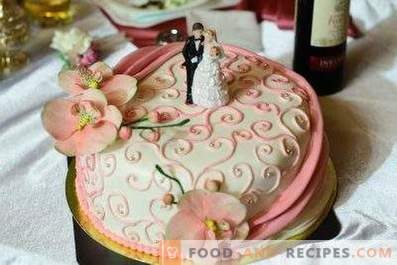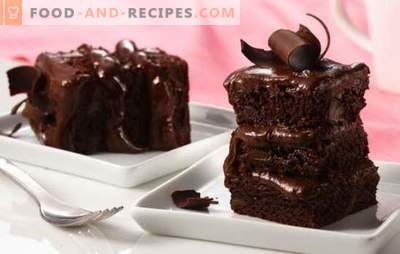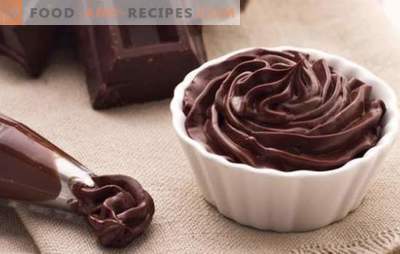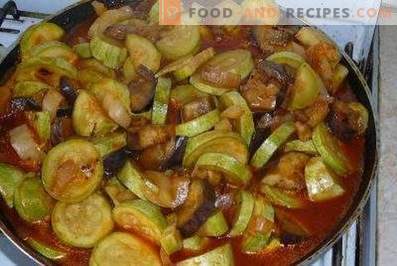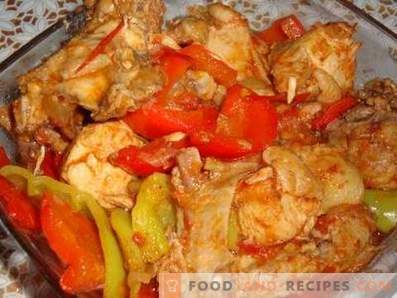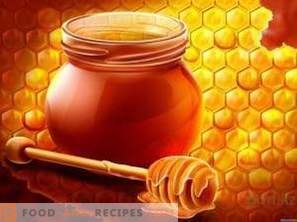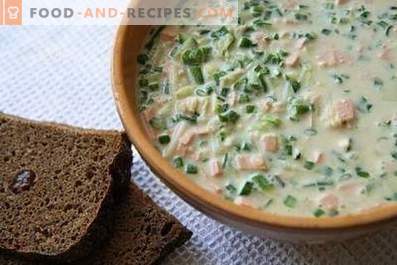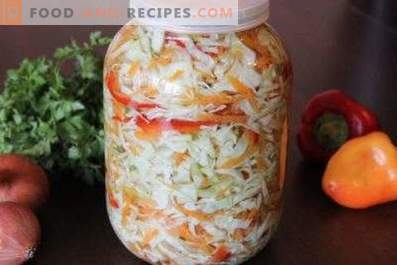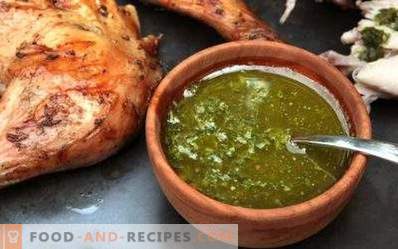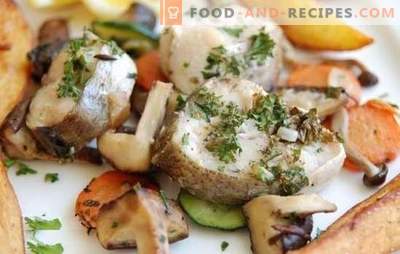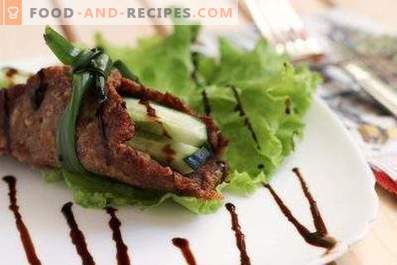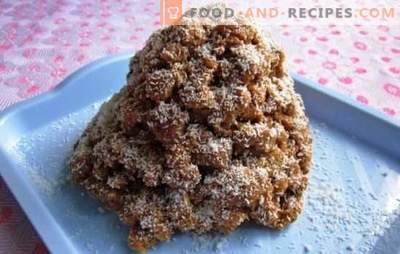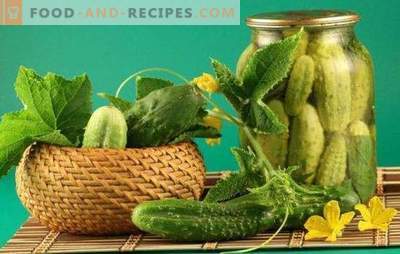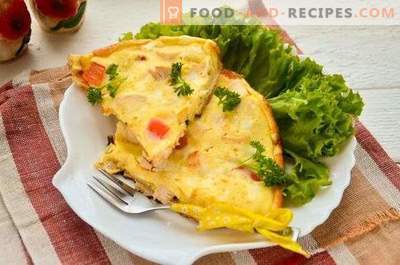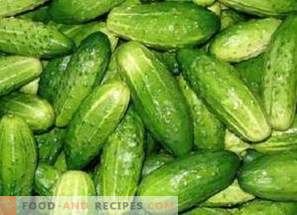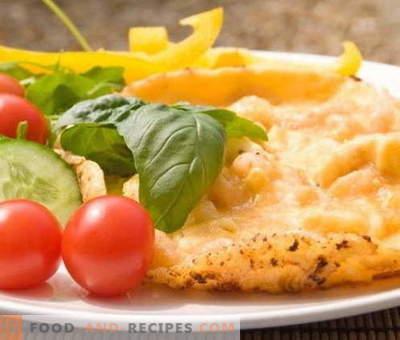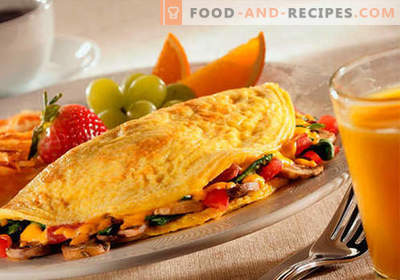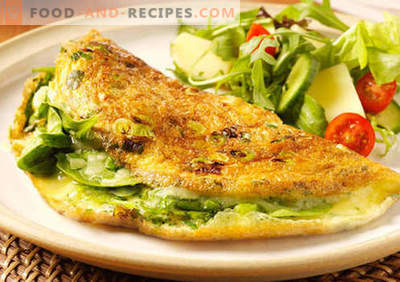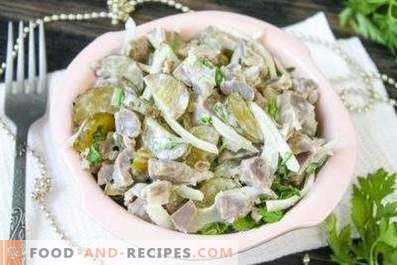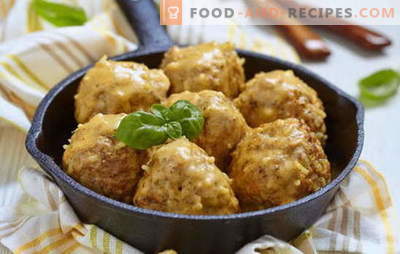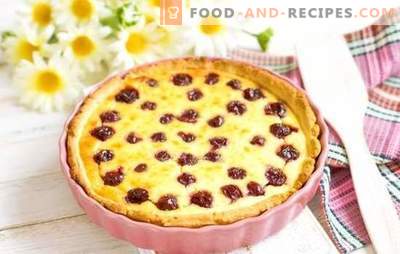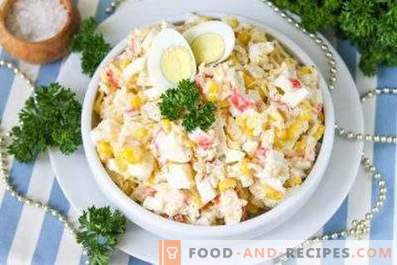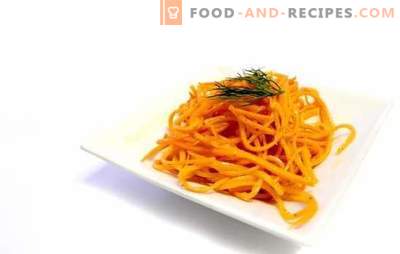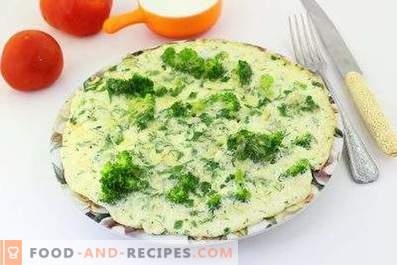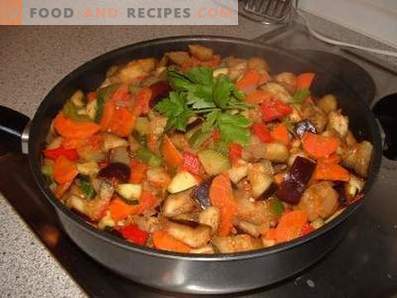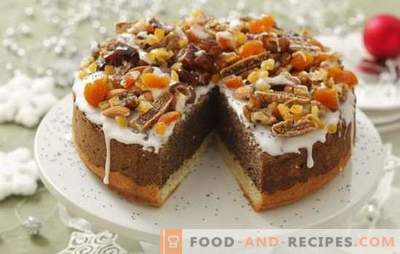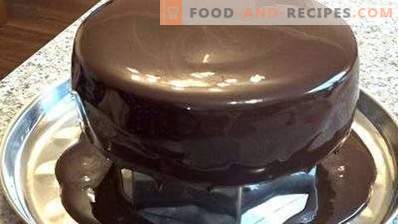
Decorating ready-made desserts is an integral part of pastry art. Home baking is often inferior to the purchase of its kind, although it may surpass its taste. To make homemade cakes worthy of competitors shop helps gloss. This is a mirror coating for cakes. It is prepared on the basis of glucose syrup and gelatin with the addition of chocolate (white or bitter), condensed milk and some other components. Often the mixture is tinted, it allows you to embody a variety of creative imagination of the chef.
Cooking Features
Looking at the store for bright cakes covered with mirror glaze, many housewives doubt that a similar result can be obtained at home. In fact, the task is feasible, and many manage to adequately decorate the cake with a mirror glaze from the first time. To avoid failures, it is necessary to know and take into account the many subtleties of the technology of making such a coating, such as gloss.
- Glassage is designed to cover mousse cakes. Some pastry chefs manage to decorate them and biscuits, but such experiments are too risky, you should not try to repeat them.
- One of the main ingredients of glass is glucose syrup, which is sometimes allowed to be replaced by sugar. Before combining it with other ingredients, it is necessary to boil it to the desired thickness, but not to digest it. Should be guided by the recommendations in a particular recipe, as the temperature of the syrup for different types of glass should be different.
- Gelatin is a necessary component of glassage. It is necessary to work with it taking into account the recommendations of the manufacturer. Usually it is required to fill it with a certain amount of cool water, then slightly heat it up so that it is completely dissolved. If the proportions are violated, there is a risk of getting too thin or dense glaze, which will be difficult to work with.
- Dyes are used to give different colors to the glass. If you want the coating does not look translucent, it is added titanium dioxide. It bleaches the gloss, giving it a white color if the coating is made without the use of dyes, and makes the colors more dense if the dyes are applied. At 200-300 g of white chocolate, it is enough to take 5-6 g of titanium dioxide, which is usually sold in the same departments as food coloring. On packages with confectionery this substance is designated as E171.
- If the glacier is too thick, you can add a few teaspoons of glucose syrup to it. If it seems too liquid to you, it is enough to cool it a little more than is required.
- If the icing remains excessively thin, after coating the cake with it, you will find gaps on its sides. Too thick icing can go lumpy. It is impossible to correct the defects; they can only be masked with pieces of chocolate, confectionery dressing, nuts or other products.
- The cake should be covered with a glaze when the temperature of the glaze reaches 32 degrees, if it is white or colored, or 35 degrees if it is chocolate. You need to put icing on the cake before it cools below 28-29 degrees.
- Beat the mix with a blender, but keep the device at a 45 degree angle. With this position of the blender, a funnel of air is formed, which draws in bubbles that form during whipping. If the bubbles are still in the glass, it must be drained. Bubbles caught in the glaze will make the coating of the cake uneven, unaesthetic.
- It is required to freeze it before applying the mirror glaze on the cake. It should be frozen completely, through and through, like a stone.
- It is necessary to remove the cake from the freezer before directly applying glassage on it, otherwise condensation forms on the surface, due to which the icing will be applied unevenly.
- It is recommended to wipe the surface of the cake before applying the glaze with a clean, dry palm. This will remove a thin layer of ice. If this is not done, the icing will slide off the finished cake in chunks, and it will be impossible to stop this unpleasant process.
- Cake for decoration put on the grid or on a makeshift stand. The glaze is poured over the center or along the perimeter so that it drains the sides of the confection.
- After coating the cake with the icing from the bottom, the frozen smudges will be visible - hanging threads of the icing. Trying to tear them away is impossible - you pull the entire coating off the cake. The hanging threads of the glaze, when they harden a little, are tucked with a spatula under the bottom of the cake, after which it is laid on a dish on which they plan to serve.
- A decorated cake for 5-6 hours (or longer) is put into the main chamber of the refrigerator. At this temperature, the coating will freeze completely, acquiring the required density, and the cake itself will thaw.
- Cut the cake covered with glacade, should be heated with a knife. The cake itself must be cold at this moment. If you ignore this recommendation, the gloss will reach for the knife when cutting dessert, because of which it instantly loses its decorative effect.
Some confectioners among the shortcomings of glassage call the impossibility to photograph a culinary masterpiece so that nothing is reflected in the mirror coating. But mirror smoothness is the main feature of glass, so it's hardly worth complaining about it.
White glacier
Composition:
- sugar - 0, 3 kg;
- glucose syrup - 0, 3 l;
- white chocolate - 0, 3 kg;
- granulated gelatin - 30 g;
- water - 150 ml;
- milk - 0, 2 l;
- titanium dioxide - 5 g.
Preparation Method:
- Pour gelatin into a glass. Fill it with cool boiled water in accordance with the manufacturer's recommendations on the package. If water remains, mix it with milk.
- Mix milk with sugar. Put on a slow fire. Bring to a boil over low heat. Sugar by this time should be dissolved.
- As soon as the milk starts to boil, pour in the glucose syrup, mix.
- Wait again for the sweet mass to boil.
- Remove the syrup container from the heat, immediately add the swollen gelatin to it, stir until it is completely dissolved.
- Chop grated chocolate. It will be easier to do this if the tiles are briefly placed in the freezer.
- Pour hot syrup into a bowl of grated chocolate.
- Stir the mass to make it homogeneous.
- Pour in titanium dioxide and mix well again.
- Beat the mixture with a blender, keeping it at a 45 degree angle.
- Put the glaze in the storage tank, cover it or wrap it with cling film, put it in the fridge.
Before using the glaze, heat it in the microwave or in a water bath to the working temperature (32-34 degrees), beat it again, holding the blender at an angle, and strain if necessary using a sieve. Before beating in the glaze, you can add a food dye, then the coating will not be white, but colored.
Color glaze
Composition:
- sugar - 0, 3 kg;
- glucose - 0, 3 kg;
- condensed milk - 0, 2 l;
- water - 150 ml;
- gelatin - 20 g;
- white chocolate - 0, 3 kg;
- food coloring - according to the manufacturer's instructions.
Preparation Method:
- Soak gelatin in a small amount of clean cool water.
- Mix the remaining water with sugar and glucose, heat over low heat, stirring until the crystals dissolve. Wait for the syrup to boil.
- Break chocolate into small pieces, fill it with hot syrup, mix.
- In a bowl with a sweet mixture, pour condensed milk and swollen gelatin.
- Whisk everything together with a blender. Do not forget that you need to keep it tilted to prevent the formation of bubbles.
- Add a dye. Beat the mixture again.
- Transfer to a suitable container and send to a refrigerator to cool to about 32-34 degrees.
Dyes can be mixed to get different shades. The rules for mixing colors are the same as in art: red with blue give purple, red with yellow - orange, yellow with red - green.
Chocolate Cocoa Coat
Composition:
- cream with fat content of 33% - 0, 25 l;
- water - 0, 3 l;
- sugar - 0, 38 kg;
- gelatin - 12 g;
- cocoa powder - 120 g.
Preparation Method:
- Dissolve gelatin in water. Take the amount of water according to the manufacturer's recommendations.
- Mix the rest of the water with cream and sugar.
- Heat the mixture. When the sugar has dissolved, pour some liquid to dissolve the cocoa in it.
- When the milk mixture starts to boil, dissolve the cocoa in the warm liquid that was previously cast and add to the boiling mass.
- Stir and boil again. Cook for 5 minutes.
- Add gelatin to thick chocolate mixture and remove pan from heat.
After the mixture has cooled to 35-38 degrees, you can proceed to cover the cake.
Gliding - unusual coating for cakes and pastries. It has a mirror shine. Only suitable for mousse desserts. When decorating biscuits is sometimes used to create decorative stains. Glide can be white, chocolate, color. This gives room for culinary creativity.
